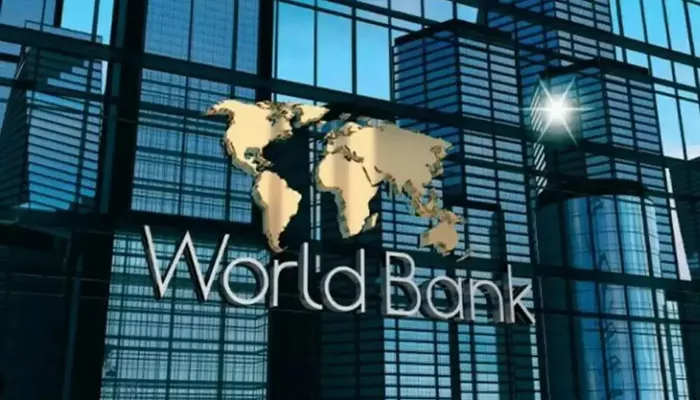The Inter-American Development Bank (IADB) has unveiled a new plan that uses public funds to back renewable energy loans in developing countries. This strategy aims to attract large amounts of private investment for climate projects in poorer nations.
Avinash Persaud, a climate adviser to the IADB president and the plan’s architect, says the initiative could generate tens of billions of dollars in new green investments within a few years. He believes it could help meet the $1.3 trillion annual climate finance target promised to developing countries by 2035.
“This could be a powerful engine for green growth and deliver the trillions needed for climate finance in the future,” Persaud told the Guardian. “It could transform the sector.”
Persaud will present the plan in detail at a UN meeting in Germany this week, which starts negotiations for the COP30 climate summit in Brazil this November. The summit faces challenges as many of the world’s largest economies have yet to submit their greenhouse gas reduction plans, missing the February deadline.
Meanwhile, research by the campaign group Oil Change International reveals that several rich countries, including the US, Canada, Norway, and Australia, plan to expand oil and gas production between 2025 and 2035. These countries account for 70% of the projected new fossil fuel expansion, despite promises made at COP28 in 2023 to move away from fossil fuels.
Romain Ioualalen, global policy lead at Oil Change International, criticized this trend: “It is shocking that wealthy countries with the greatest responsibility for the climate crisis are planning massive oil and gas expansion, ignoring the risks to lives and livelihoods.”
At the ongoing UN talks in Bonn, which conclude on June 26, finance for developing countries will be a key topic. These nations need funds to reduce emissions and adapt to extreme weather caused by climate change.
The IADB’s plan involves development banks buying existing renewable energy loans in developing countries. These loans are already performing well but often have low credit ratings, making them unattractive to private investors like pension funds.
By purchasing these loans, development banks provide guarantees against default. This “repackaging” raises the loans’ creditworthiness, making them appealing to private investors. This frees up private capital to flow into new green projects.
Persaud explained, “We realized there was $50 billion in performing green loans in Latin America. Why not buy those loans to fund new projects?”
When development banks buy these loans, they pay a small premium to the original lenders. In return, the renewable energy developers must reinvest the funds into new projects. This creates a “virtuous circle,” encouraging ongoing investment and growth in the green economy.
The IADB plans to launch the program soon, with an initial loan portfolio of $500 million to $1 billion. A request for proposals is expected before COP30.
You may also like:


